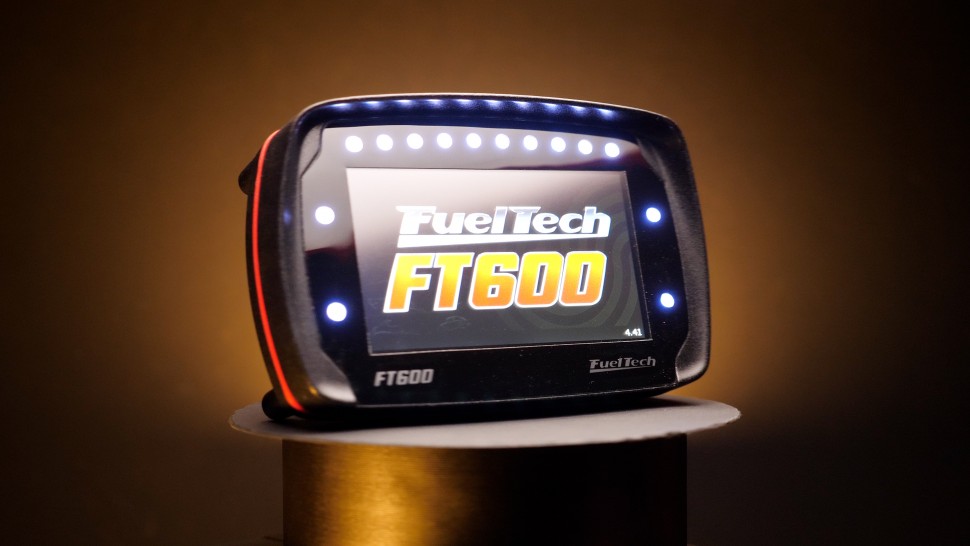| 00:00 |
In the previous module we touched briefly on the thermoplastic powder materials used in SLS, and mentioned that these are somewhat limited compared to FDM.
|
| 00:09 |
While FDM is also much more accessible, some projects justify the use of SLS primarily for the design flexibility.
|
| 00:18 |
So, if this is the case, then what are our options for materials? Or in other words, what thermoplastic powders can we use for SLS and what does this mean for the properties of the final parts? Nylon is really the go-to for SLS, and as you'd recall from the previous module, it's also used almost exclusively for MJF printing.
|
| 00:39 |
In the FDM section of the course, we covered nylon, and the same properties apply, so let's refresh our memory.
|
| 00:46 |
Nylon, or PA, standing for polyamide, is considered an engineering thermoplastic and can be used to print very strong and tough parts with impact resistance at a relatively low cost.
|
| 00:59 |
Most notably though, nylon has extremely good heat and abrasion resistance, so it'll usually hold up in abusive environments like the engine bay, within reason of course.
|
| 01:10 |
There are many different grades of nylon and they all have different properties, but for SLS and MJF, nylon 11 and 12 are used most often.
|
| 01:19 |
Nylon 12 is the most well-rounded and usable of the two for most of our use cases.
|
| 01:25 |
It's very stiff and extremely long lasting due to wear resistance.
|
| 01:30 |
It can handle relatively high temperatures, but it's also much better at extremely low temperatures if you're making parts for a street car and you live in cold climates.
|
| 01:39 |
Like nylon 12, nylon 11 also has great strength, heat resistance and chemical resistance to fuels, oils and grease that we use on our cars.
|
| 01:49 |
Nylon 11 provides better flexibility though, being much more ductile.
|
| 01:54 |
This makes it perfect for applications where the flexibility has a function, like snap block clips or live hinges, but also parts that need to handle impacts.
|
| 02:03 |
It's common for nylon to be reinforced with glass or carbon to form composite powders for SLS printing.
|
| 02:10 |
This is usually done to increase stiffness and also heat resistance, allowing for functional end use parts for more demanding applications.
|
| 02:19 |
Bringing some more versatility to SLS is TPU or thermoplastic polyurethane powder.
|
| 02:25 |
If you remember back to our FDM discussions, TPU is an elastomer.
|
| 02:30 |
For SLS this is typically 90A hardness, meaning the surface is relatively firm and generally can't be deformed by hand.
|
| 02:39 |
This shouldn't be confused with stiffness, as the structure of the part will be very flexible and elastic, while still being resilient and wearing well.
|
| 02:48 |
SLS printed TPU is ideal for parts that are handled often, like levers or controls, but also for shock absorption or vibration damping.
|
| 02:58 |
Polypropylene isn't a material that we've mentioned yet in the course, although it can be printed using FDM as well.
|
| 03:05 |
Polypropylene is used extensively in injection moulded parts and it's just as useful in additive manufacturing, producing parts that are very lightweight with good heat and chemical resistance.
|
| 03:16 |
This resistance paired with its watertight nature mean that it's ideal for holding parts together and holding and transporting fluids in reservoirs, pipes or ducts.
|
| 03:24 |
It's not as stiff as nylon or as flexible as TPU, but it's still relatively ductile, strong and impact resistant, so it's often used for body panels.
|
| 03:35 |
The list of materials that can be printed with SLS or any other method for that matter is continuously growing.
|
| 03:42 |
However, the three that we've discussed here are the most widely used for now.
|
| 03:46 |
Other high performance materials like PEK or P-E-E-K are more recent additions.
|
| 03:52 |
We discussed PEK and the other materials in the PAEK family in the FDM materials section of the course.
|
| 03:59 |
But it provides extremely good heat resistance without compromising structural integrity, making it very useful for demanding motorsport applications like in race car engine bays.
|
| 04:11 |
Again, there will always be more material choices coming up as time goes on, but we've covered the most commonly used powder form materials for SLS and PEK.
|
| 04:20 |
The most common thermoplastic powders for SLS and MJF are nylon based, with Nylon 12 providing incredibly stiff and durable parts which can be reinforced with glass or carbon fibres to increase their properties further.
|
| 04:38 |
Nylon 11 offers more flexibility and impact resistance.
|
| 04:42 |
Polypropylene also has great impact resistance and is relatively flexible, but its main strengths lie in its chemical resistance, water-tight nature and being relatively light weight.
|
| 04:53 |
TPU is an elastomer, and so is extremely flexible and ideal for shock absorption or softer touch applications.
|
| 05:00 |
Other high performance materials like PEK are becoming increasingly accessible for SLS, allowing for more demanding applications.
|





